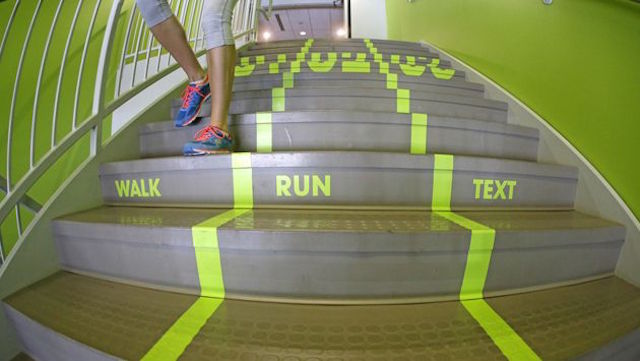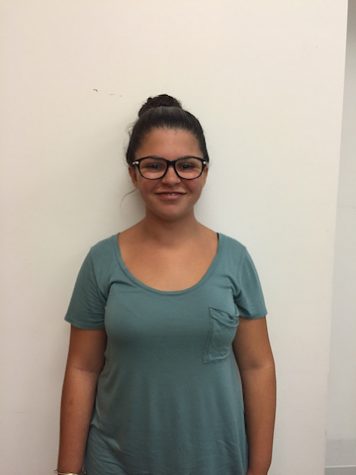Texting related injuries on the rise
October 9, 2015
A study published earlier this year by university students confirms that texting on your smartphone while walking, does indeed change how you walk. While 10% of drivers under the age of 20 involved in car accidents were distracted by their phone at the time of the crash, people are 48% more likely to walk unsafely into oncoming traffic.
Each year, thousands are sent to the emergency room with texting and walking related injuries. After a survey of 40 Becton students was taken, 93% of them admitted to being guilty of texting and walking. But, is the risk of being sent to the emergency room really worth delaying answering a text until you are out of the way and not walking?
There has been a double in the number of people that text and walk from 2004 to 2010, and has since continued to rise. Due to this increase, and people paying less attention to where they are walking, several applications have been put on the market. The apps use the phone’s camera as a way for you to see what is going on in a small area around you. Between the top four downloaded apps, Walk and Text ($1.05), Type While Walk (free), Walking Text (free), and Transparent Screen (free), there has been a total of 18,968 downloads.
The four apps are similar in the sense that they let you set the level of transparency you want, and use you camera. Then, whatever your camera is aimed towards, is what you can see. The apps are not necessarily functional, but only because people should be looking in front of them while they are walking, and not at their feet. If it is absolutely necessary that you be looking at your phone while walking, then maybe then you should download one of the apps, but if not, then it is better to just wait to press send.
Along with texting apps, Utah Valley University unveiled a “texting lane” on their stair cases with hopes of calling the attention of the phone absorbed students. The lanes were designed to be visual first and functional second. The school’s creative director says, “In our research, the most successful environmental graphics… match that formula.” What he is saying is that, if the school is able to grab the attention of the students with designated “lanes”, then maybe, the students will be like, “Oh, I should probably put my phone down for a few seconds.”
Being the lanes are more aesthetic rather than functional, most texters are not using the designated lane. Despite the dangers of looking down, the school insists that the lane better serves the purpose of making students look up.
Texting is of course a quicker and easier way of communication for certain circumstances, but texting can cause conversations to be impersonal and cause drama. Being that you can not hear the person speak, sarcasm and a person’s tone may be hard to pick up. Even with the invention of emoticons, which can help ease a situation at times, you can never truly say everything the way you mean it in a text.




